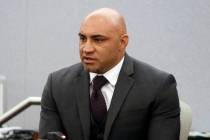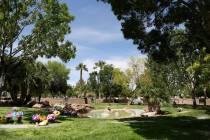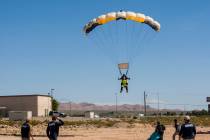Movie paves the way to the truth for an Army Ranger’s family
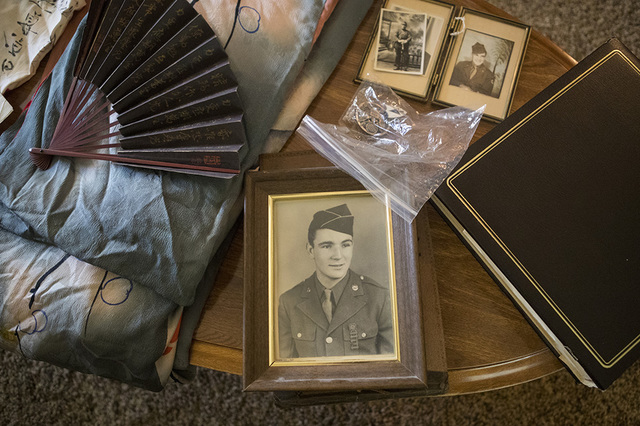
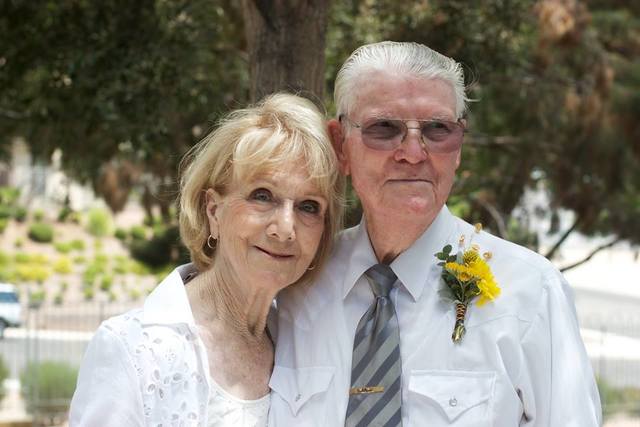

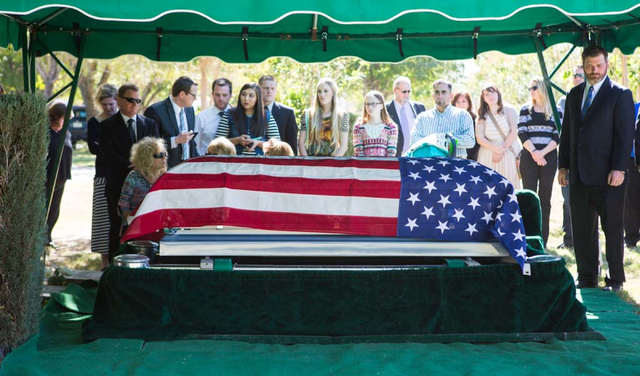
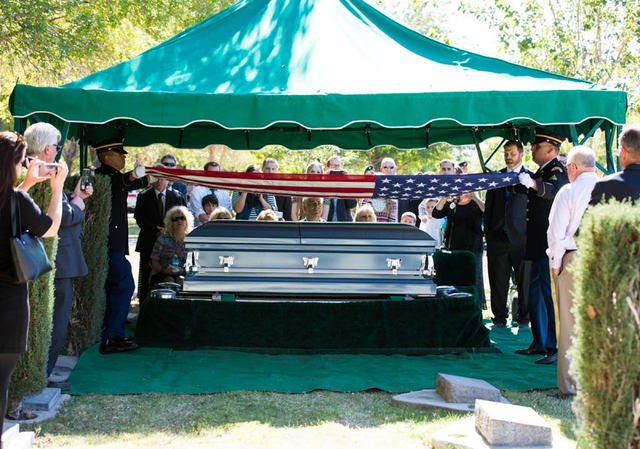

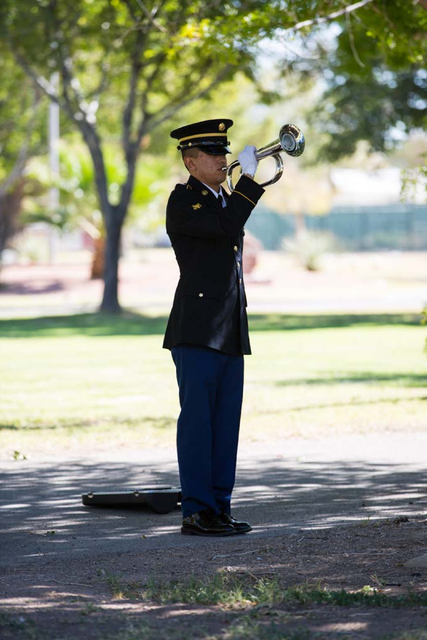
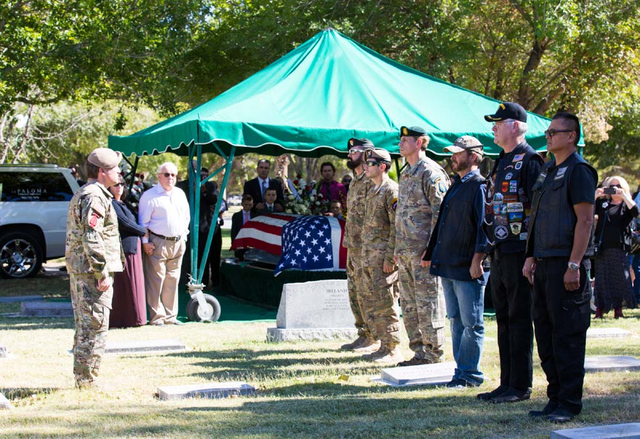
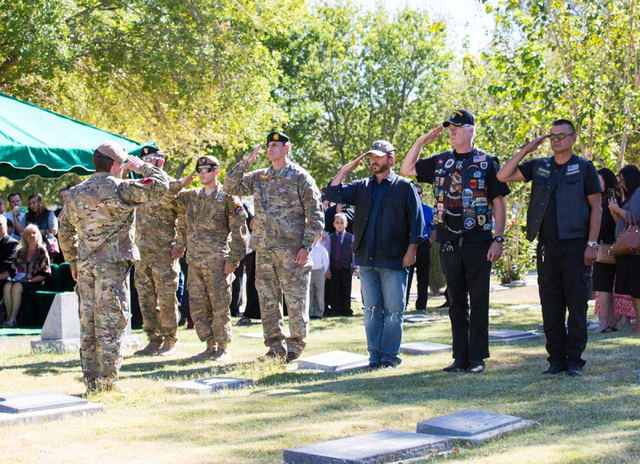
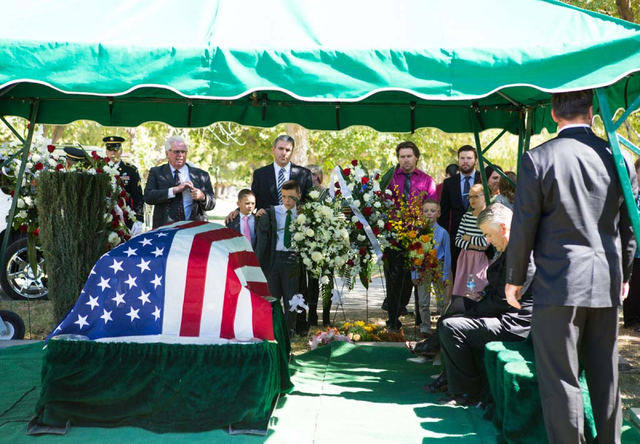
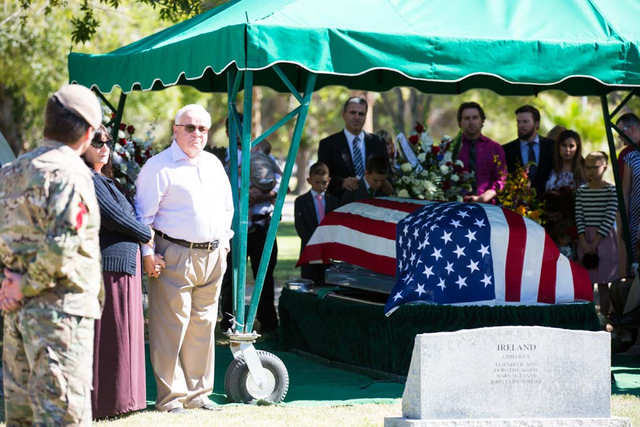
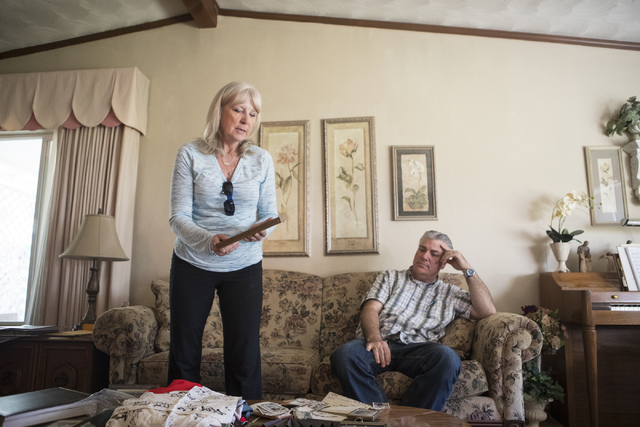


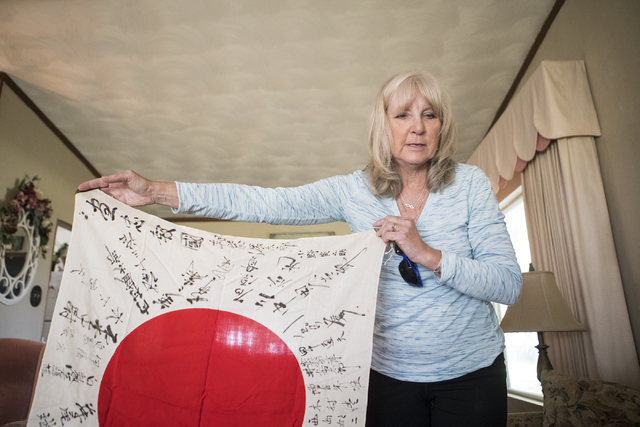

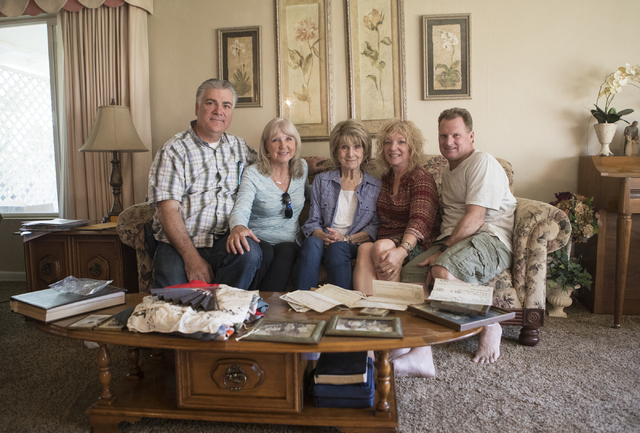
Until 2014, Milton Linn’s family had no idea the World War II Army Ranger had participated in what became known as The Great Raid.
They learned of Linn’s heroism only because Linn’s grandson, Luke Justice, rented the 2005 movie “The Great Raid” about the greatest rescue of prisoners of war in American military history. Then Linn’s family came to understand that part of his war experience was spent traveling by foot with 120 other Rangers 30 miles behind Japanese enemy lines — and then crawling almost a mile before the firefight that freed more than 500 POWs on Jan. 30, 1945.
Shortly after his father’s burial at Woodlawn Cemetery last month, Linn’s son Milton sat in his late father’s home with other members of his family and recalled that his father reluctantly talked about the war.
“We had no idea of the magnitude of what he had done until we saw the movie. Once he said he and other Army Rangers rescued some prisoners in the Philippines. But he was very nonchalant about it. We knew he was with the 6th Army Ranger Battalion but not what he did until seeing the film.”
For his part in the raid that saw up to 1,000 Japanese soldiers killed, Linn was awarded the Bronze Star for Valor.
“When my husband saw the movie, he got real nervous but said it was true except for some of the Hollywood fireworks,” said Wanda Linn, widowed after 66 years of marriage.
Linn, a former truck driver, was 89 when he died Oct. 13 at his Las Vegas home.
He was just 17 during the The Great Raid.
“When he was 14, he lied and said he was 16 to get his driver’s license,” Milton Linn said. “So when they drafted him they thought he was 18, not 16.”
John Carlton, who teaches World War II history at UNLV, said the raid on the prison camp near the town of Cabanatuan was ordered after the Japanese issued a “kill them all” order to commanders of POW camps.
The Japanese had hoped to cover up what would be seen as war crimes when the end of the war finally came. Many prisoners at the Cabanatuan camp were near death from disease, overwork and starvation. The pressure to save them was intense — just days before at a nearby POW camp, allied soldiers were drenched in aviation fuel and burned alive.
All but two of the more than 500 POWs survived the raid.
With only a few hours of advance planning, Linn and the other Rangers, acting on intelligence from Alamo Scouts and Filipino guerrillas, penetrated the jungle undetected.
As the Rangers crawled toward the prison camp, a U.S. plane flew back and forth over the prison camp as a diversionary tactic. Prison guards looked up instead of out. The Rangers took the Japanese completely by surprise.
Two Rangers were killed.
No wonder the tactics behind the raid are still studied at the U.S. Military Academy.
Brenda Talley, who documented her father’s part in the raid with authorities, said her father told her he didn’t like to talk about his time fighting in Asia because it brought back memories of seeing buddies blown to bits. She also said his children quickly learned not to wake him up by shaking him.
“He’d come up almost swinging on you and tell you never to do that again,” she said. “We learned to throw balled up socks at him to wake him up. The war definitely had an effect on him, but he was a gentle, gentle man.”
Through social media, several former Rangers learned that a Ranger who had participated in The Great Raid had died. They came from throughout the United States to pay their respects at his funeral and burial.
“What he and other Rangers accomplished paved the way for the rest of us,” said Travis Krauss, a former member of both the Rangers and Delta Force. “They showed us you can endure the worst hardships and carry out your mission.”
Paul Harasim’s column runs Sunday, Tuesday and Friday in the Nevada section and Monday in the Health section. Contact him at pharasim@reviewjournal.com or 702-387-5273. Follow @paulharasim on Twitter.







